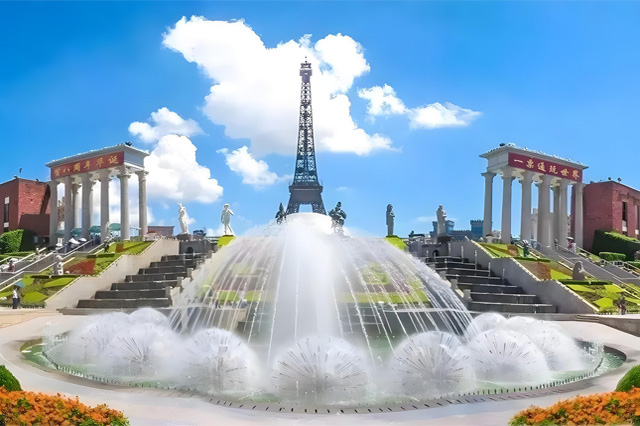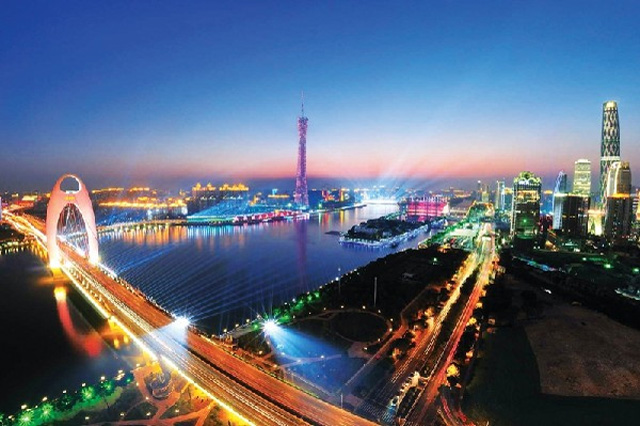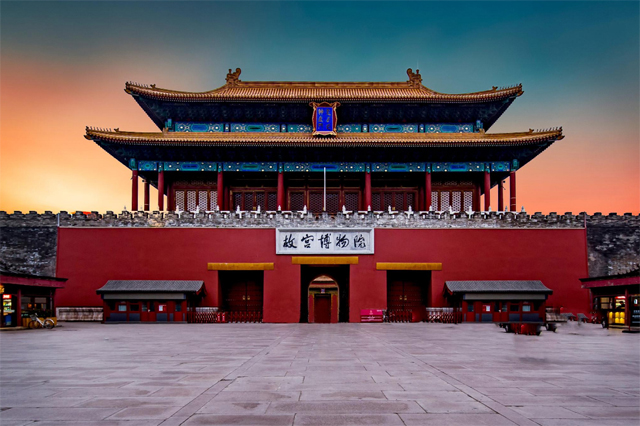Shijiazhuang top ten tourist attractions list, follow the footsteps of the city to appreciate the style!
- China Tourism
- 2025-03-22 09:07
- 375
Shijiazhuang, formerly known as Shimen, the capital of Hebei Province, straddles the Taihang Mountains and the North China Plain, and borders the capital Beijing in the north. It has a long history and culture, superior geographical location, and rich tourism resources. It was called "the land of Gyeonggi" in ancient times ". Next, the editor will give you a summary of the top ten tourist attractions in Shijiazhuang, and follow the footsteps to appreciate the elegant demeanour of the city!
1. Zhengding Ancient City
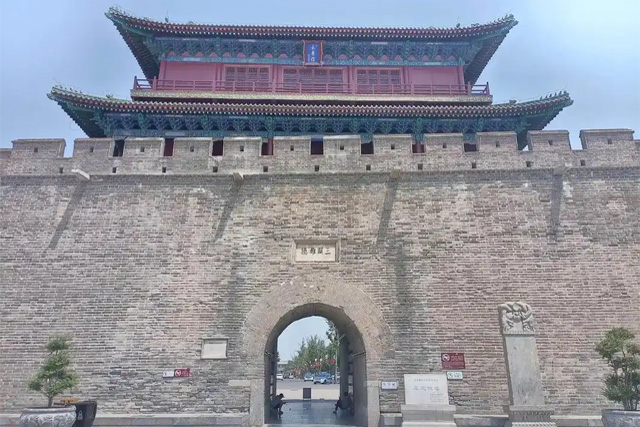
Zhengding ancient city is located in Zhengding County, Shijiazhuang City, Hebei Province, at the eastern foot of Taihang Mountain. It is a national historical and cultural city with a history of more than 1600 years. The ancient city of Zhengding is a bright pearl in Shijiazhuang. In history, it was once called "the three male towns in the north" with Baoding and Beijing ". The ancient city of Zhengding has many cultural relics and historical sites, known as "the ninth floor, four pagodas, eight temples, 24 gold archways" and "Buddhist Culture Museum.
2. Xibaipo
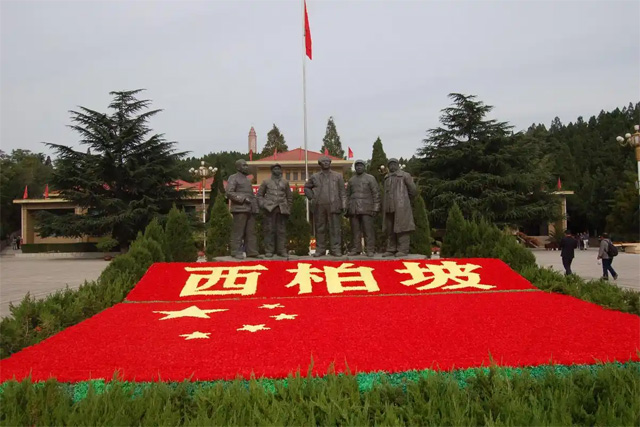
Xibaipo, formerly known as Baibu, is named after the green cypress on the back slope of the village. It is located at the eastern foot of Taihang Mountain. It is the last rural command post for Chairman Mao and the Party Central Committee to enter Peiping and liberate the whole of China. The headquarters of the three battles of Liaoshen, Huaihai and Pingjin has an extremely important position in the history of the Chinese revolution. It is one of the memorial sites of the Chinese revolution and enjoys the "revolutionary holy land.
3. Zhaozhou Bridge
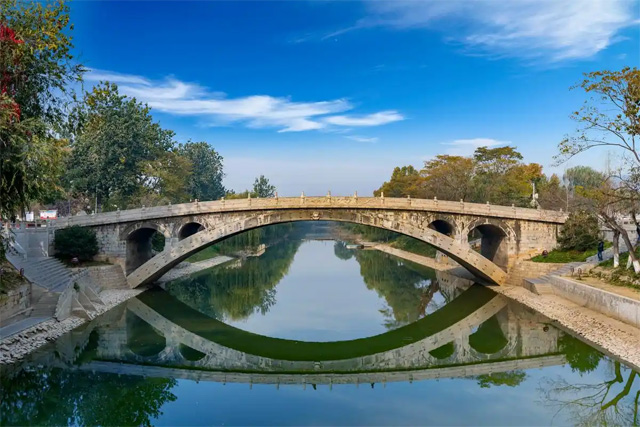
Zhaozhou Bridge, also known as Anji Bridge, is commonly known locally as Dashiqiao. It was built in the late Emperor Kaihuang of the Sui Dynasty to the early years of Daye (595-605 AD). It has a history of more than 1400 years. It was designed and built by Li Chun, a craftsman of the Sui Dynasty. During the Northern Song Dynasty, Emperor Zhezong gave the name "Anji" during his northern tour ". Zhaozhou Bridge is an ancient stone arch bridge with the longest existing age, the best preservation, the extremely high level of science, and the extremely beautiful artistic image in the world. It occupies an extremely important position in the history of world architecture. It is "the first bridge in the world".
4. Tuo Liang Mountain

Tuo Liang Mountain is located at the junction of Hebei and Shanxi provinces, more than 90 kilometers away from Shijiazhuang. Tuoliang Mountain is 45 kilometers north of Wutai Mountain, a Buddhist holy land, and 42 kilometers south of Xibaipo, a revolutionary holy land. It is a golden passage from Xibaipo to Wutai Mountain. Tuoliang Mountain Scenic Area is a national AAAA-level tourist attraction and a national key scenic spot. With a total area of 165 square kilometers, the scenic spot is composed of four scenic spots: Baibaoxia, Triassic Spring, Taihang style Valley and Zhongtai Mountain, with a total of more than 200 scenic spots, which are famous for their characteristics such as "cool, quiet, wild, quiet and green.
5. Zhang Shi Yan
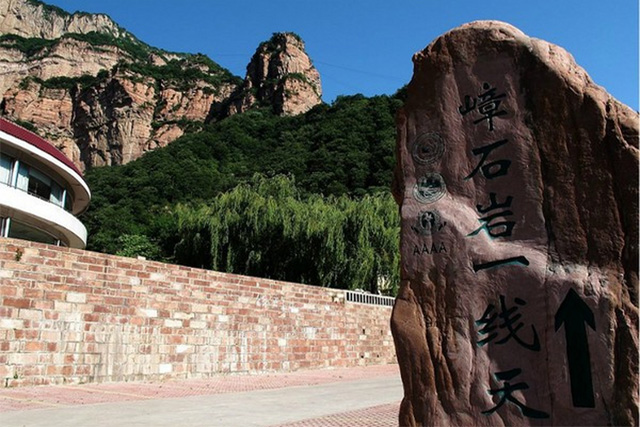
Zhangshiyan Scenic Area is the named place of "Zhangshiyan Landform", one of the three major sandstone landforms in the world. It is a well-known scenic spot, a national geological park, a national AAAA tourist attraction and a national natural heritage. The scenic area is 86 kilometers away from Shijiazhuang, the capital of Hebei Province, with a total area of 108 square kilometers and a peak of 1798 meters above sea level. The Zhangshiyan landform named after Zhangshiyan, Danxia landform and Zhangjiajie landform are also known as the three major tourist sandstone landforms in China.
6. Cangyan Mountain
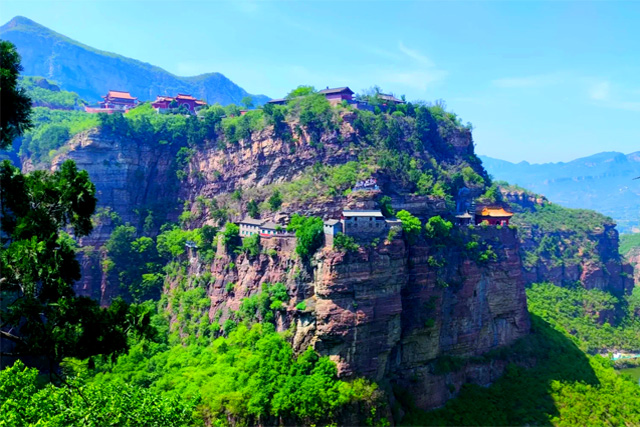
Cangyan Mountain Scenic Area is located in Cangyan Mountain Town, Jingxing County, Shijiazhuang City, Hebei Province. It is a famous historical and cultural mountain in China, a national key scenic spot, and a national AAAA-level tourist attraction. It is characterized by mountain majesty, valley seclusion, Lin Xiu, and Lou Jue. The combination of the ancient buildings of Fusi Bridge Hall and the majestic natural environment is the main landscape, the core scenic spot Fuqing Temple was listed as the sixth batch of national key cultural relics protection units.
7. Baodu Village
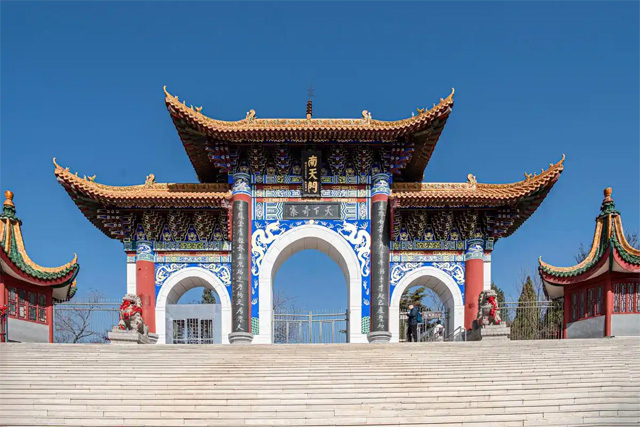
Baodu village, formerly known as Baodu mountain and ancient name of Bishan, is located in the western suburb of Luquan City, Shijiazhuang, Hebei Province, 16 kilometers away from Shijiazhuang. It is a famous mountain integrating history, culture and natural scenery. Guzhai is the first choice for tourists to climb mountains, fitness, leisure and entertainment, and it is also a place of high praise. It is a national AAAA-level tourist area, a national-level youth civilization collective, and a national-level women's civilization post. It is an excellent scenic spot that is well-known at home and abroad and is praised by people.
8. Longxing Temple
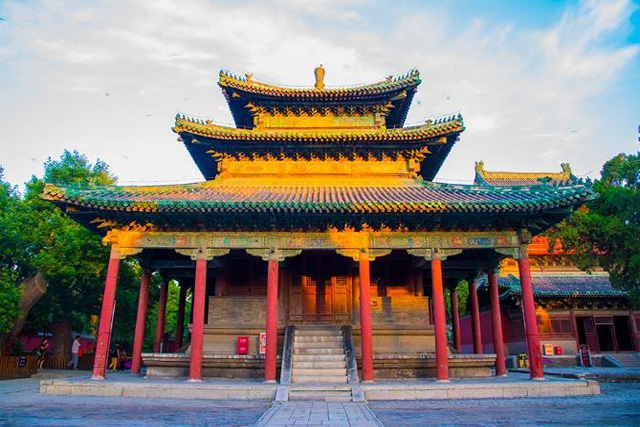
Longxing Temple, also known as the Great Buddha Temple, is one of the older, larger and well-preserved Buddhist temples in China. It is an ancient building and historical memorial building. Located at 109 Zhongshan East Road, Zhengding County, Shijiazhuang City, Hebei Province, it covers an area of 82500 square meters. Longxing Temple was built in the sixth year of Emperor Kaihuang in the Sui Dynasty (586 AD). It was originally named Longzang Temple and changed from the Tang Dynasty to Longxing Temple.
9. mimi water
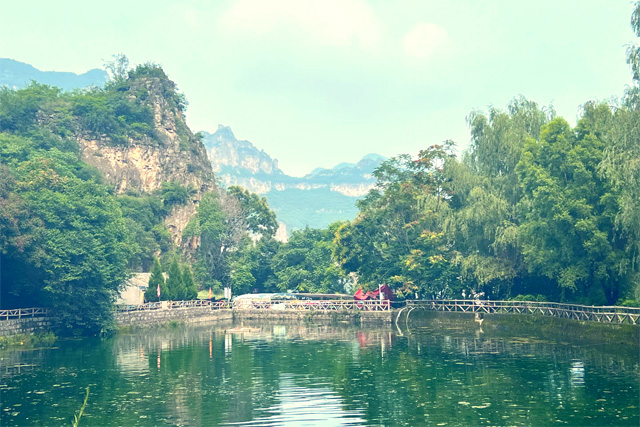
mimishui ecological scenic spot is located in the southwest edge of Pingshan County, Hebei Province, an old revolutionary base area, with a tourism area of 11.5 square kilometers and an altitude of 800-1100 meters. Honor "National 4A Scenic Spot", "National Scenic Spot", "National Water Conservancy Scenic Spot" and other titles. It is now "Hebei Provincial Forest Park", "Hebei Province and Hebei Provincial Water Resources Department Patriotism Education Base", "Hebei Province Key Cultural Relics Protection Unit" and "Hebei Province National Defense Education Base".
10. Hebei Museum
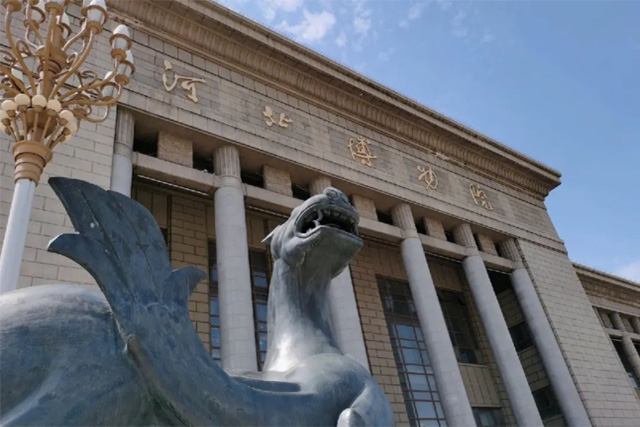
The Hebei Museum, formerly known as the Hebei Provincial Museum, was established in 1953. It is the only provincial comprehensive museum in Hebei Province, a national patriotic education demonstration base, and a national first-class museum. Hebei Museum includes three parts: the main hospital area, Jianhua hospital area and Yucai hospital area. The main courtyard area is located in Shijiazhuang City Cultural Square. It is divided into two areas: south and north. The north area was built in 1968, and the south area is a new expansion area. The buildings of the two districts are harmonious and unified, majestic and magnificent. It is the iconic cultural landscape of Shijiazhuang City. Jianhua Hospital and Yucai Hospital are cultural relics warehouses with a total collection of 210000 pieces.
This article is edited and published by Journey Mark. If you have any questions, please feel free to contact us at any time.
Article Link:https://www.topvvv.com/en/China/61.html

